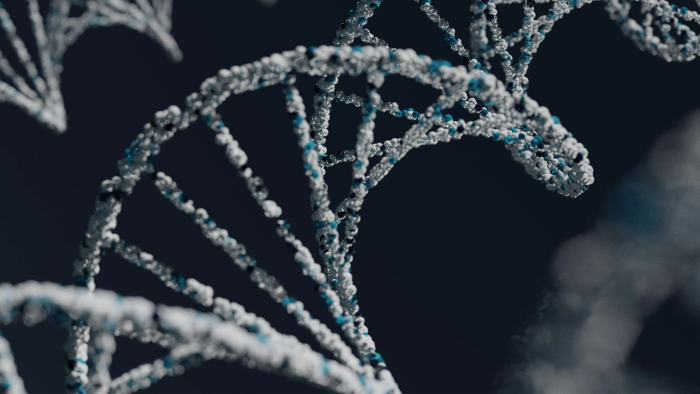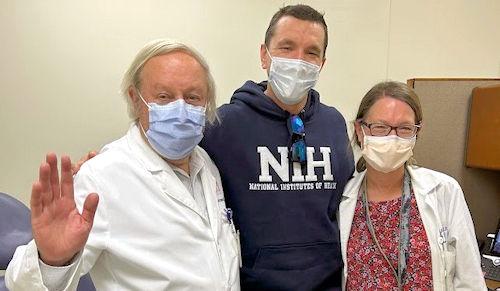
Comel-Netherton syndrome
Related gene: SPINK5
Inheritance pattern: Autosomal recessive
This is a very rare, hyper IgE disorder where patients have normal T cell numbers but reduced numbers of B cells. Patients exhibit increased IgE and IgA levels with variable specific antibody function. Newborns exhibit ichthyosis (scaly skin), bamboo-type hair (thin, tubular, and fragile), an increased incidence of bacterial infections, and growth failure. If antibody deficiency can be confirmed by vaccine challenge, immunoglobulin replacement could be tried.
In the neonatal period, 20% of the babies suffer from dehydration, electrolyte imbalances, perturbed thermoregulation, failure to thrive, and recurrent infections, which may result in early death. The hallmark of C-NS is trichorrhexis invaginata (bamboo hair), but other abnormalities, including pili torti (twisted hair) and trichorrhexis nodosa (hair of varying diameter), have been observed. Markedly elevated IgE levels, allergic reactions to food and common antigens, malnutrition, and increased susceptibility to skin, respiratory tract, or systemic infections are also characteristic.












